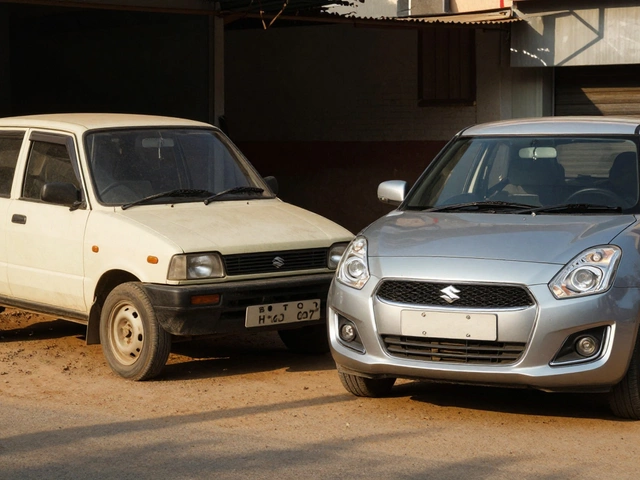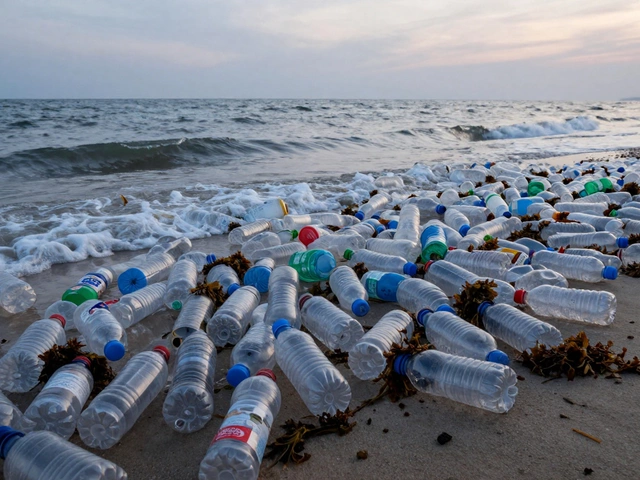Number 1 Under Plastic Bottles: What It Means and Why It Matters
When you see a number 1, a recycling code found on the bottom of plastic bottles inside a small triangle, it’s not just a random number. It’s a label that tells you exactly what kind of plastic you’re holding — and whether it can actually be recycled. This symbol, known as the resin identification code, a system used globally to classify plastic types for recycling, helps sort plastics at recycling centers. The number 1 stands for PET, polyethylene terephthalate, the most common plastic used in water and soda bottles. It’s lightweight, clear, and easy to recycle — which is why it’s used in over 70% of single-use beverage containers in India.
But here’s the catch: just because it’s recyclable doesn’t mean it gets recycled. In India, less than 30% of PET plastic is actually processed into new materials. Most ends up in landfills, rivers, or burned in open piles — adding to the growing crisis of plastic waste, the massive buildup of discarded plastic that pollutes ecosystems and harms wildlife. The number 1 is the most collected plastic in urban recycling drives, but without proper collection systems, it’s just another piece of trash. Even worse, many people think all plastics are the same. They don’t realize that number 1 plastic is safe for single use but shouldn’t be reused again and again — heat and wear can break down the material and release harmful chemicals. And while countries like Germany and Japan have high recycling rates for PET, India still struggles with infrastructure, awareness, and enforcement.
That’s why understanding this small number matters. It connects directly to the bigger picture: who makes these bottles, how much waste they create, and what happens after you throw them away. The post collection below dives into real-world data on plastic manufacturers generating the most waste, how recycling systems work (or don’t), and why the world’s top plastic producer isn’t necessarily the most responsible. You’ll also find insights into India’s growing manufacturing footprint, from auto parts to food packaging — all made from plastics like PET. Whether you’re a consumer trying to make smarter choices or a business looking to reduce plastic use, knowing what that number means is your first step toward real change.
What Is the Number 1 Under Plastic Bottles? Understanding Resin Identification Codes
The number 1 under plastic bottles identifies PET plastic, the most common material for water and soda containers. Learn what it means, how it's recycled, and why it matters for the environment.
Read More




